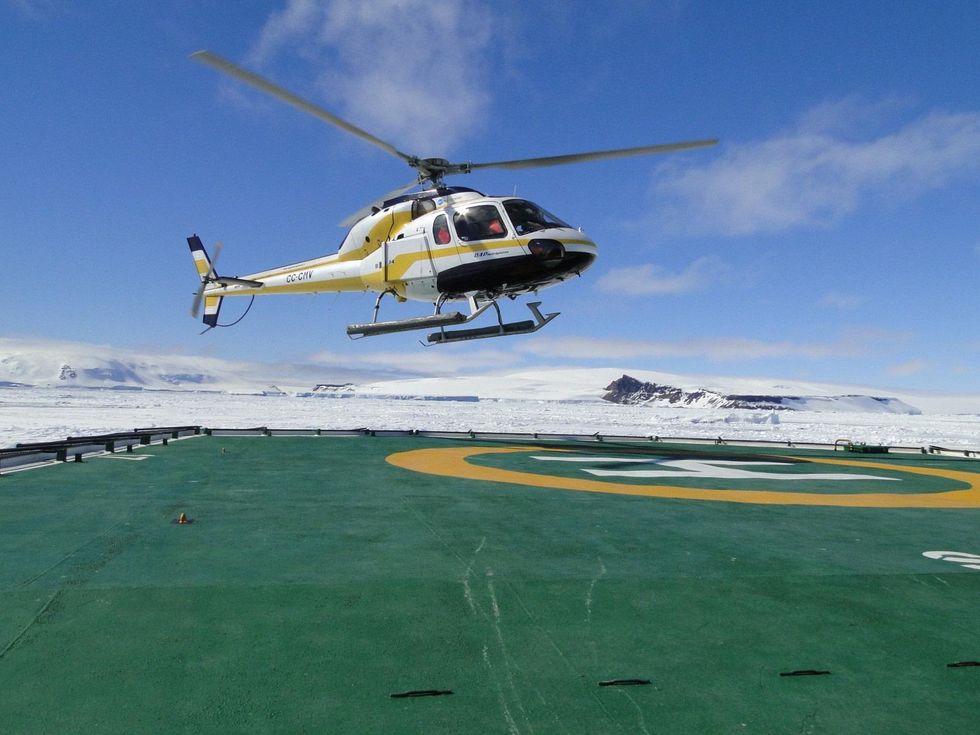The performance of a helicopter is influenced by three main elements, each identified by the FAA. Weight, density altitude, and wind are the three parameters. In light of the weather's influence on density altitude and wind, helicopter performance and safety are heavily dependent on weather conditions. Visibility and take-off/landing may also be affected by weather. Pilots should check the weather at both their departure location and their destination before taking off. Even if the weather is ideal for takeoff, the final destination's hazardous circumstances might be just as hazardous to flight safety.
Weather conditions that include rain and fog
Sleet and fog may reduce helicopter performance but can also make flying more difficult because of reduced vision. Takeoff and landing may be more difficult under these circumstances, and a pilot's ability to notice impediments encountered in flight may be impaired. Rain, snow, and sleet may also provide slippery conditions on the runway or landing pad, which can be a hazard for passengers and crew alike. We have anew helicopter technology which can help reduce the effect of weather on the helicopter.
Conditions That Are Below Freezing
If the humidity level is high, freezing temperatures may be highly hazardous for helicopter operations. When ice forms on the interior or exterior of an aeroplane, it may alter the equipment's performance and cause issues with the aircraft's electronic controls. In addition to being less dense, humid air reduces aerodynamic efficiency. If you have to fly in subzero temperatures, antifreeze treatments may come in handy. In order to avoid engine damage, salt should not be used on landing bases.
Winds
Wind constantly exists, thus pilots need to be aware of the effects of the wind on flight and how to work with or oppose the wind as they do their duties. Helicopter performance is adversely affected by winds that blow perpendicular to the flight path. It may be difficult for pilots to keep control of a helicopter due to tailwinds, which flow in the same direction as the flight route.
In severe weather, wind speeds may be higher or change direction abruptly. Pilots may want to wait until the storms have passed before taking off, since this might risk the safety of the flight. The wind direction and speed should be researched by pilots before a trip to ensure that they are prepared.
Adapting to Negative Situations
Despite the importance of study and preparedness for flight safety, bad situations may arise at any moment. In the event of a small mishap caused by inclement weather, pilots should make certain they are covered by adequate helicopter insurance. Pilots, on the other hand, need to be proactive in their training and research in order to be as safe as possible throughout each flight, regardless of the weather.












